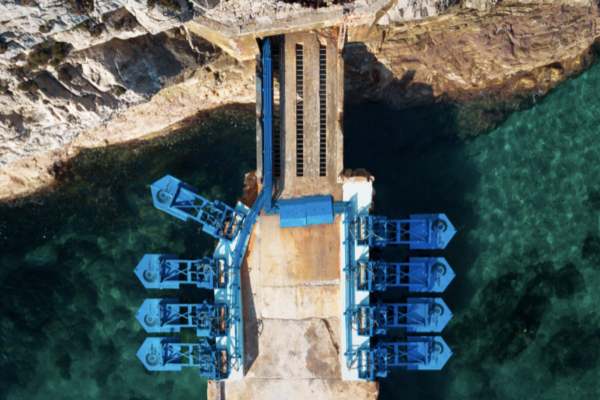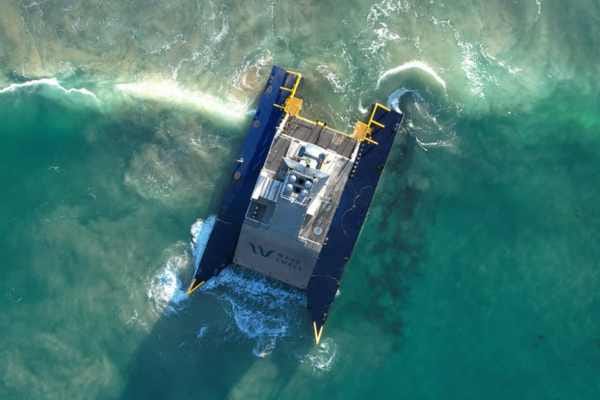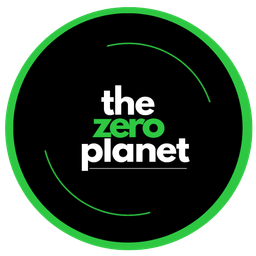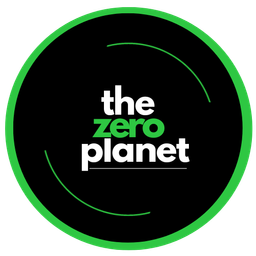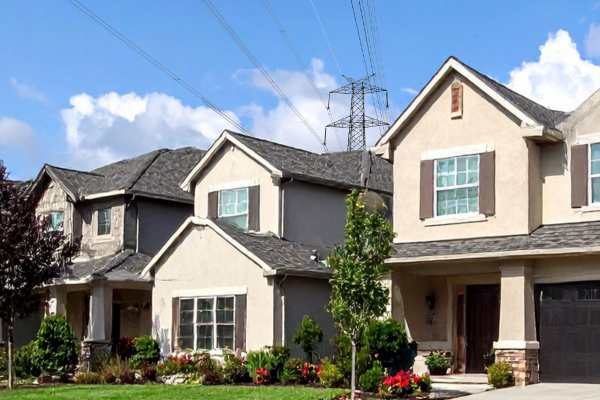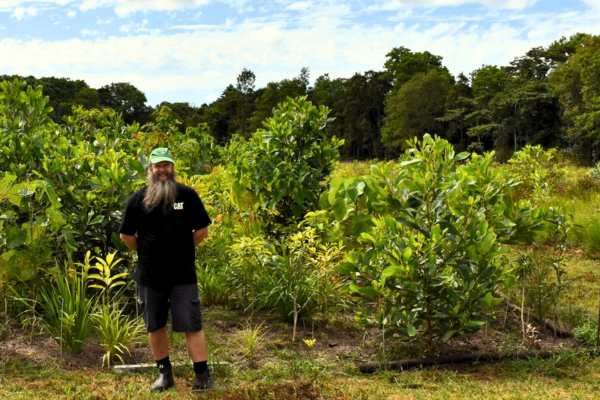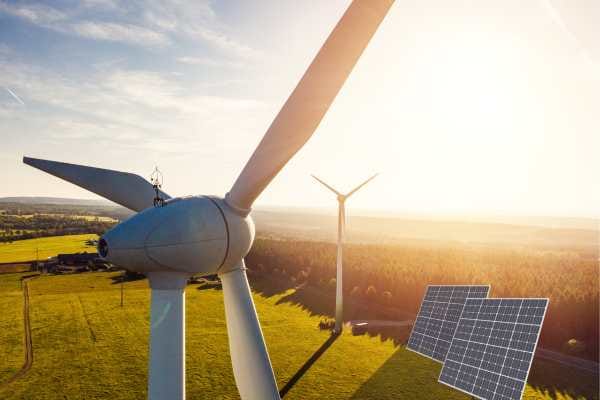LA puts wave energy to the test
A new wave energy system in Los Angeles could pave the way for cleaner, ocean-powered ports.
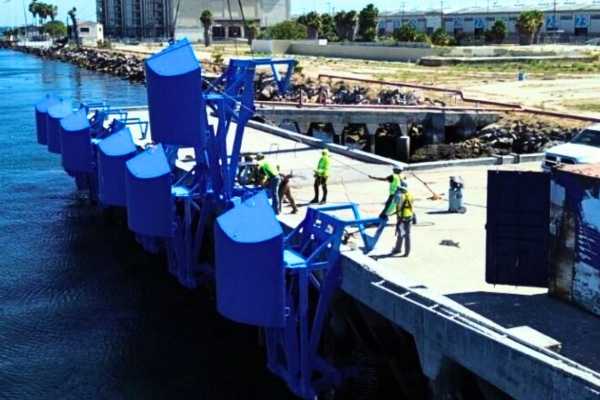
The Port of Los Angeles is pilot testing a new onshore wave energy system in a first-of-its-kind project for the United States.
Sweden-based wave energy company Eco Wave Power recently announced it had completed the installation, with the site to serve as a demonstration platform for harnessing ocean waves without requiring seabed infrastructure.
Energy at the demonstration site is generated by a series of floaters attached to an existing breakwater, hydraulic components, and an onshore energy conversion unit. When waves move the floaters up and down, hydraulic cylinders send pressurised fluid to the land-based system, which generates power.
The project is the first for Eco Wave Power in the US, with the LA station - which will not be grid-connected - designed to gather operational data under real marine conditions and support regulatory and environmental assessments, according to its creator.
These results will inform future commercial, grid-connected deployments across the country, and provide a glimpse into the potential for wave power in port-adjacent industrial zones.
"It's a showcase of how our technology can be implemented on existing marine infrastructure"
Eco Wave Power has announced 9 September as the date for the project's official unveiling, which will take place at AltaSea, a non-profit blue economy hub located at the Port of LA which is collaborating on the project.
"Completing installation at the Port of Los Angeles marks a significant milestone in our US journey," Eco Wave Power founder and CEO Inna Braverman said.
"It's a showcase of how our technology can be implemented on existing marine infrastructure while advancing the path toward commercial wave energy in the United States."
A rising tide
While solar and wind dominate the renewable energy landscape, wave energy is increasingly being explored for its potential reliability and density. Waves, unlike sunlight or wind, are present around the clock and are more predictable, offering potential stability to renewable energy supply.
More than 70% of the earth’s surface is covered in water, and according to the International Energy Agency (IEA), could potentially supply up to 10% of the world’s electricity demand, though the wave energy sector remains in its infancy.
Eco Wave Power’s solution differs from most other wave power generators in that its floaters attach to man-made coastal structures such as piers.
This approach aims to overcome some of the known drawbacks of traditional wave energy, the company says, such as high offshore infrastructure costs and environmental impacts from seabed installations.
In other projects, Eco Wave Power is already adding power to the grid in Israel and Gibraltar and has upcoming installations in India, Taiwan and Portugal.
The company's expansion into the US is supported by recent legislative developments in California, including new laws promoting wave and tidal energy. This legislation requires feasibility studies and aims to accelerate the deployment of marine renewable energy technologies in the state.
Unlike offshore wave energy systems, Eco Wave Power’s technology uses floaters mounted to existing marine infrastructure such as breakwaters and piers. These floaters rise and fall with the motion of waves, driving hydraulic pistons that send fluid to an onshore generator to produce electricity. This approach avoids seabed disruption, reduces maintenance costs, and fits well with port and coastal environments, according to Eco Wave Power. The Port of LA floaters were built by All-Ways Metal, a woman-owned California fabrication firm, and installed by Wilmington-based C&S Welding.
Related Stories
